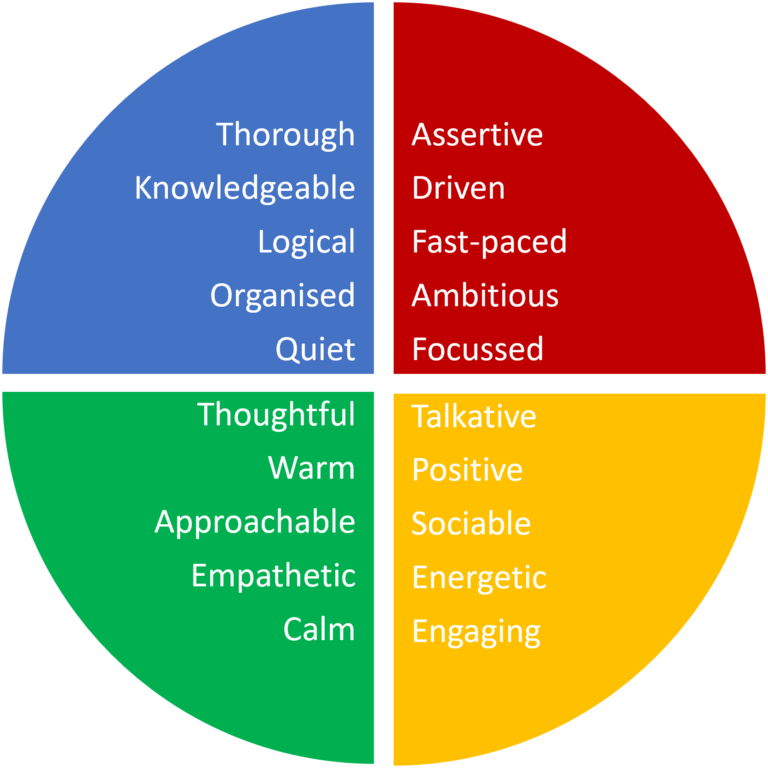Using The Colour Model on our course: Our Questionnaires
At TCW Foundation, we have a questionnaire that measures a young person’s usage of the 4 colour energies and produces a simple 8-page profile, describing their general style, their strengths and areas for development, their communication style and how best to connect with them.
This has proved to be an extremely important document for our clients to date – an affirmation of their natural strengths, building self-belief, as well as a prompt for focusing on particular areas of their behaviour that might have let them down in the past.

